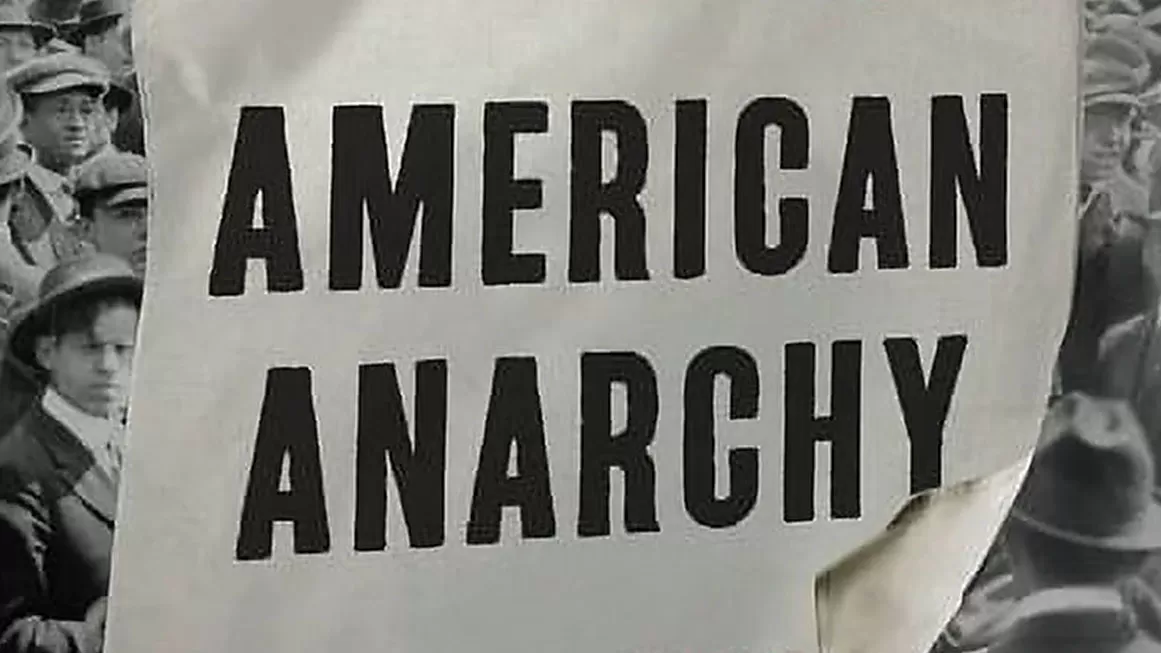The lawmaking and policing powers of late 19th and early 20th century America did not think anarchist agitators deserved the protective penumbra of our Constitution. After Emma Goldman immigrated to the United States in 1885 from czarist Russia, she became a dynamic and hugely popular traveling lecturer on anarchism and other rebellious causes, such as draft resistance and contraception. Consequently, she was arrested a lot—and in 1919, along with hundreds of other accused anarchists, she was deported to what was now Bolshevik Russia. (Goldman’s version of anarchism was not the free market kind; she wanted to eliminate private property as well as the state.)
Many anarchists saw a bright side to these legal fights: an opportunity to preach their beliefs in a courtroom setting, where the press often amplified their message. The anarchists sentenced to death in the notorious 1886 Chicago Haymarket bombing case spent three days in court laying out their beliefs; in one of their own trials, Goldman and her sometime consort and lifelong comrade, Alexander Berkman, settled for five hours of speaking their anarchist minds.
Berkman did more than lecture against the state and capitalism; in 1892 he decided to try to kill a murderously strikebreaking Carnegie Steel factory manager, Henry Frick. (While he shot and stabbed Frick, he failed to kill him.) This did not help public opinion of their cause. Neither did the fact that Leon Czolgosz, the 1901 assassin of President William McKinley, was a self-proclaimed anarchist who claimed that Goldman’s rhetoric had “set me on fire.”
In American Anarchy, the Brandeis historian Michael Willrich argues that those legal battles surrounding anarchism in America forged two distinct and opposing elements of modern American policing and law.
On one hand, the anarchists’ enemies, from New York City cops to military intelligence to the departments of Labor and Justice, built a wider and more intrusive system of political surveillance and repression to quell and expel the anarchists. These systems’ techniques—often relying on frequently unreliable, nativist, and paranoid citizen snoops and snitches—might seem quaint in the post–Edward Snowden age. They also seem especially brutal, given the cops of that era’s habit of giving “the third degree” (that is, terrible beatings) to seditious radicals, and to people the officers merely assumed were seditious radicals. Many prosecutions hinged on the accuracy, or not, of some cop’s written notes on what a suspect had allegedly said in public.


